Oliver Hi-Cap N Series User manual
Other Oliver Commercial Food Equipment manuals
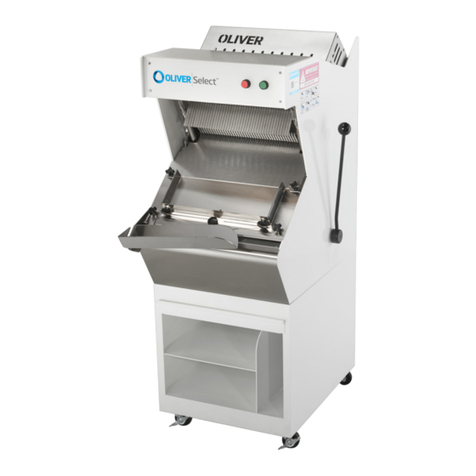
Oliver
Oliver SelectPro 747-N Operation instructions
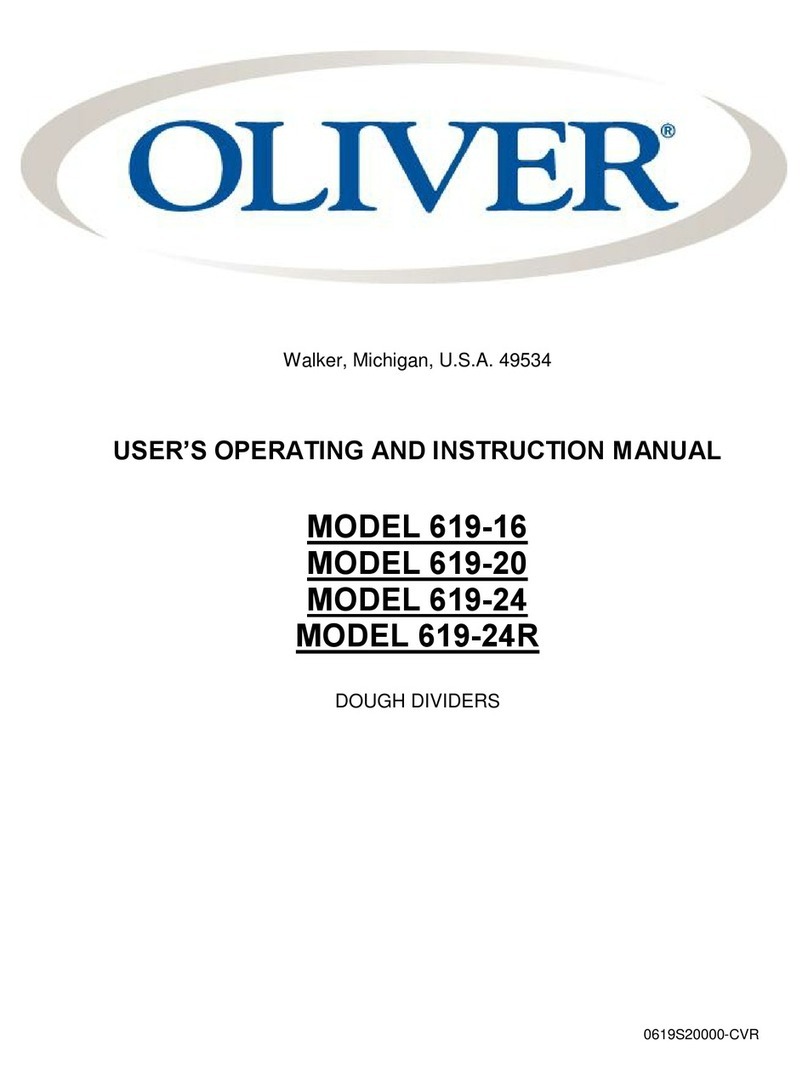
Oliver
Oliver MODEL 619-16 Operation instructions
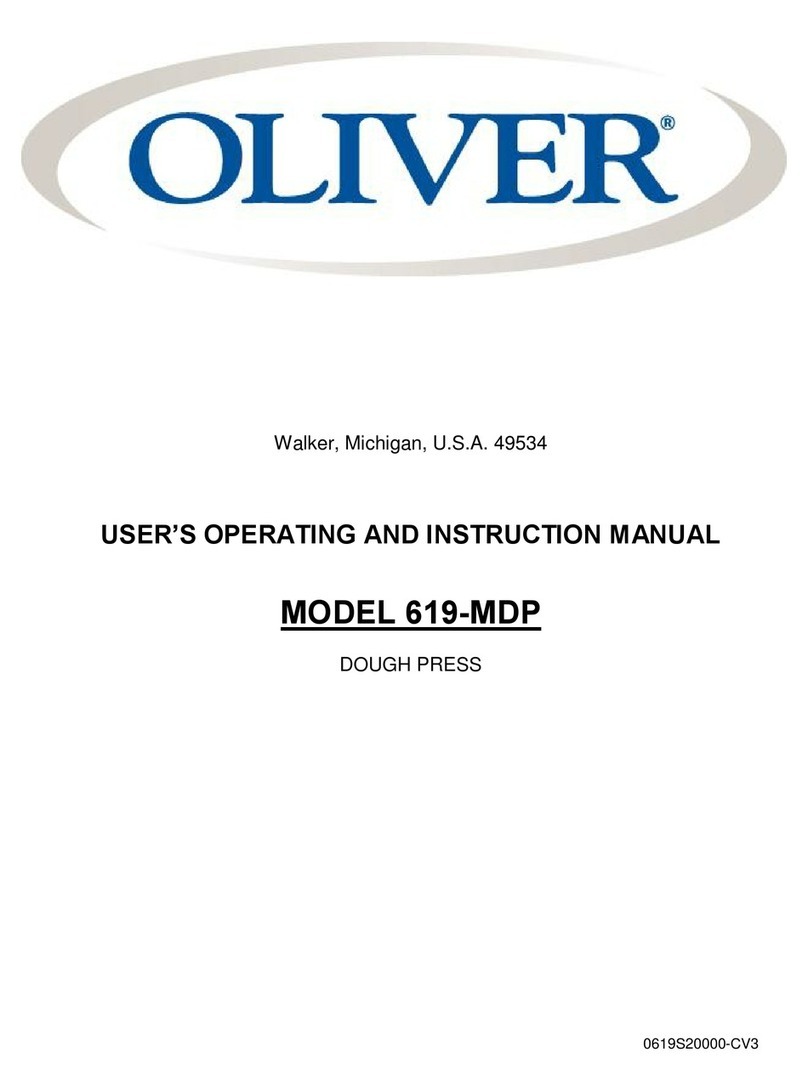
Oliver
Oliver MODEL 619-MDP User manual

Oliver
Oliver 600-R3 Series Operation instructions
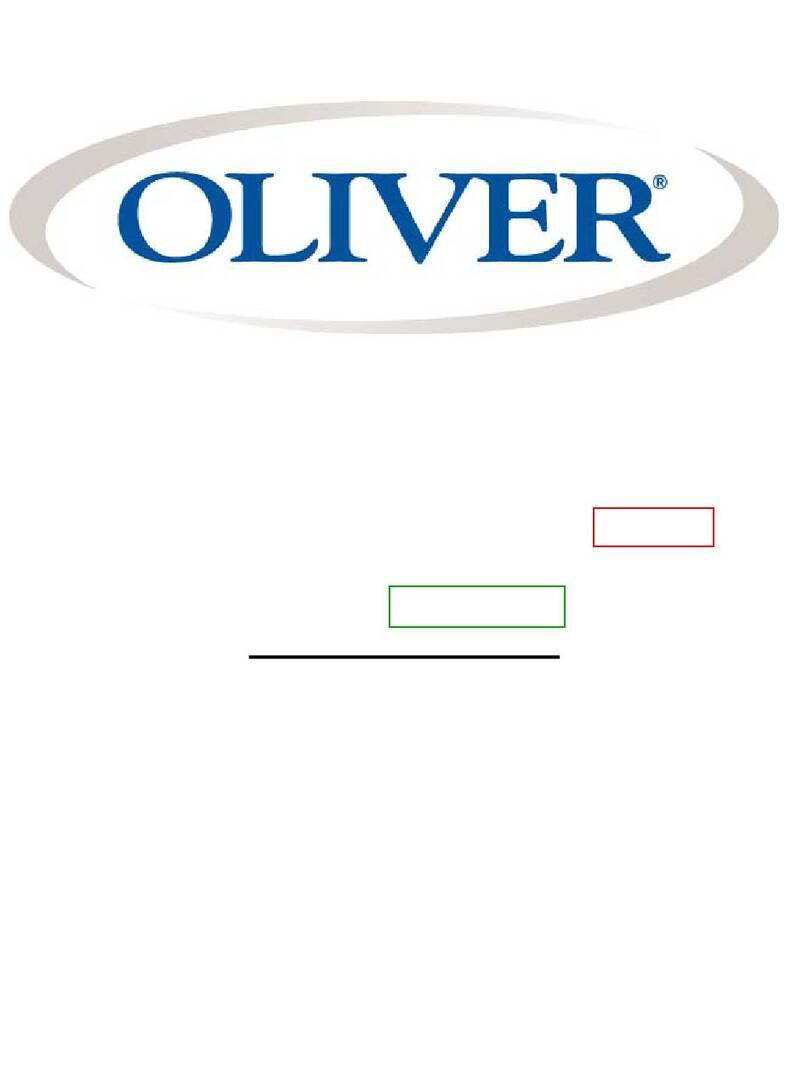
Oliver
Oliver 695 Operation instructions
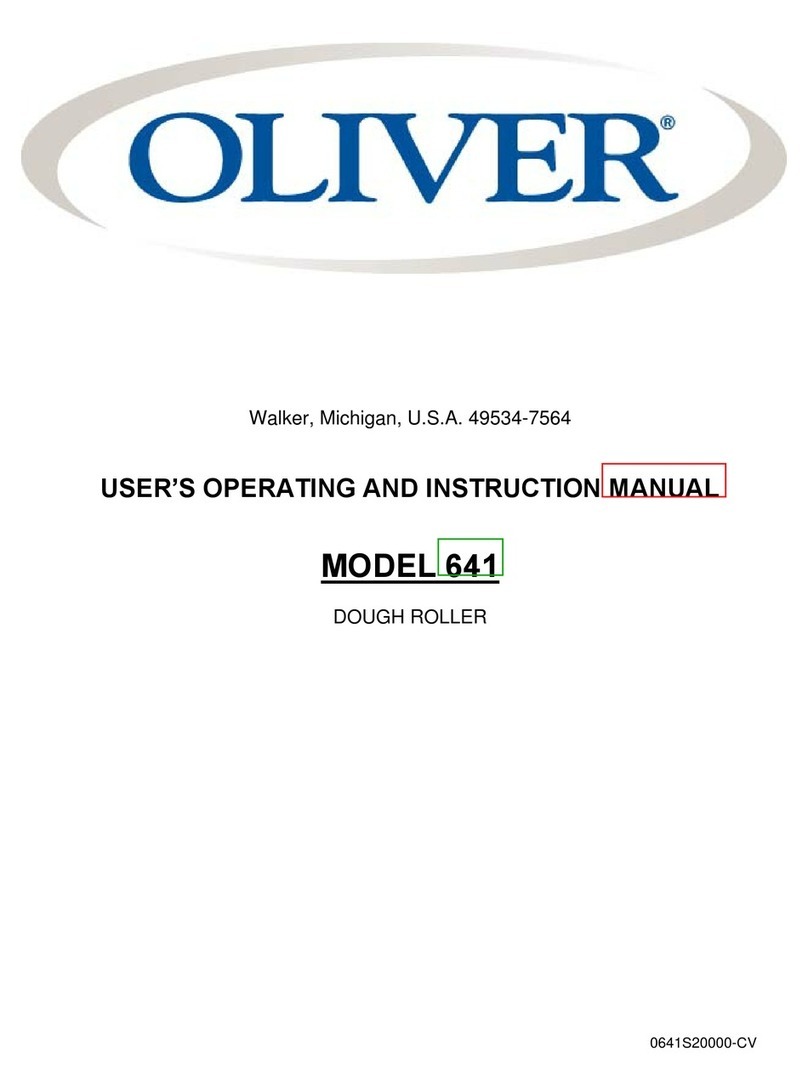
Oliver
Oliver 641 Operation instructions
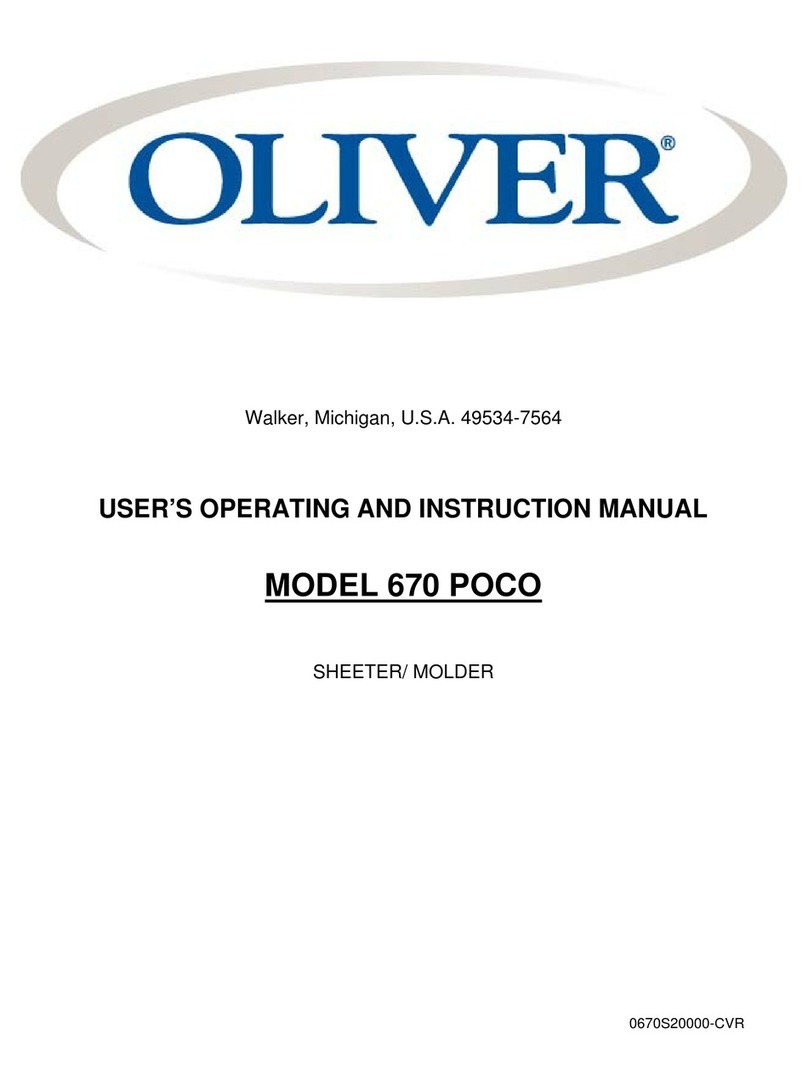
Oliver
Oliver 670 POCO Operation instructions

Oliver
Oliver 619-16A Operation instructions
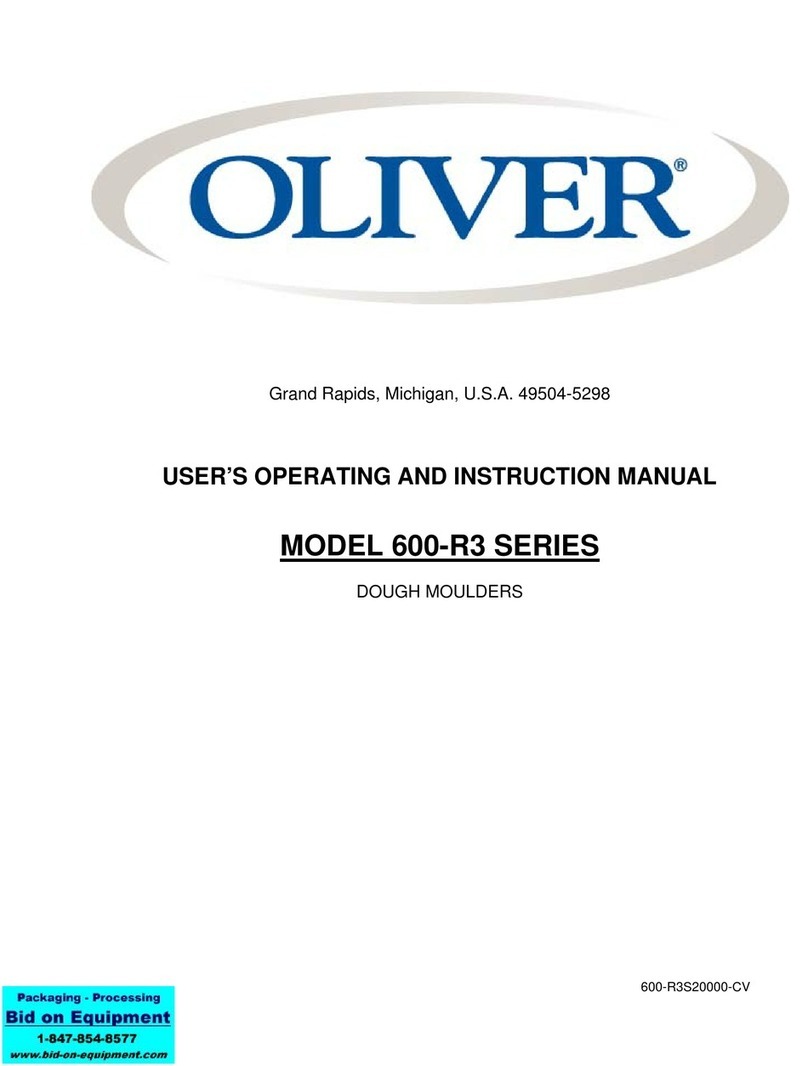
Oliver
Oliver 600-R3 Series Operation instructions
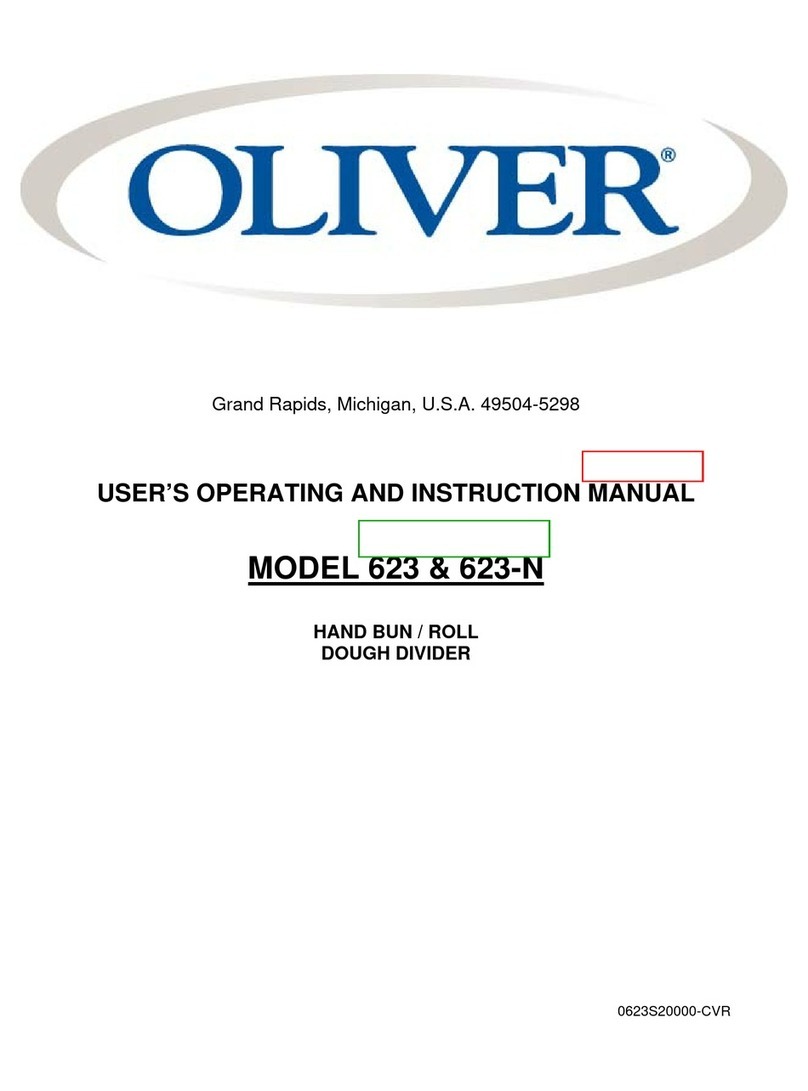
Oliver
Oliver 623 Operation instructions
Popular Commercial Food Equipment manuals by other brands

Diamond
Diamond AL1TB/H2-R2 Installation, Operating and Maintenance Instruction

Salva
Salva IVERPAN FC-18 User instructions

Allure
Allure Melanger JR6t Operator's manual

saro
saro FKT 935 operating instructions

Hussmann
Hussmann Rear Roll-in Dairy Installation & operation manual

Cornelius
Cornelius IDC PRO 255 Service manual

Moduline
Moduline HSH E Series Service manual

MINERVA OMEGA
MINERVA OMEGA DERBY 270 operating instructions

Diamond
Diamond OPTIMA 700 Installation, use and maintenance instructions

Diamond
Diamond G9/PLCA4 operating instructions

Cuppone
Cuppone BERNINI BRN 280 Installation

Arneg
Arneg Atlanta Direction for Installation and Use
















